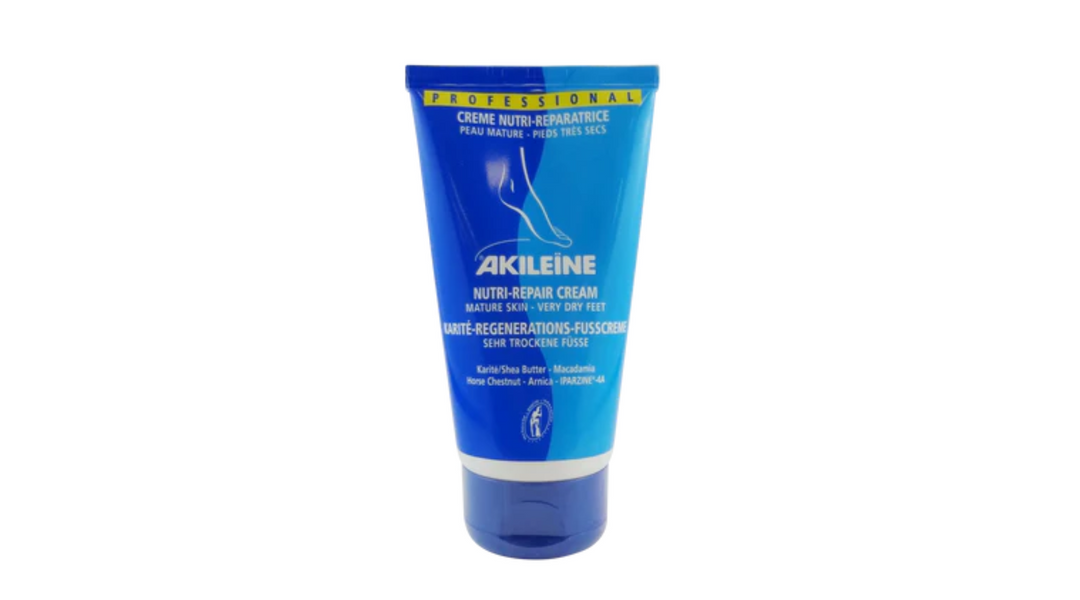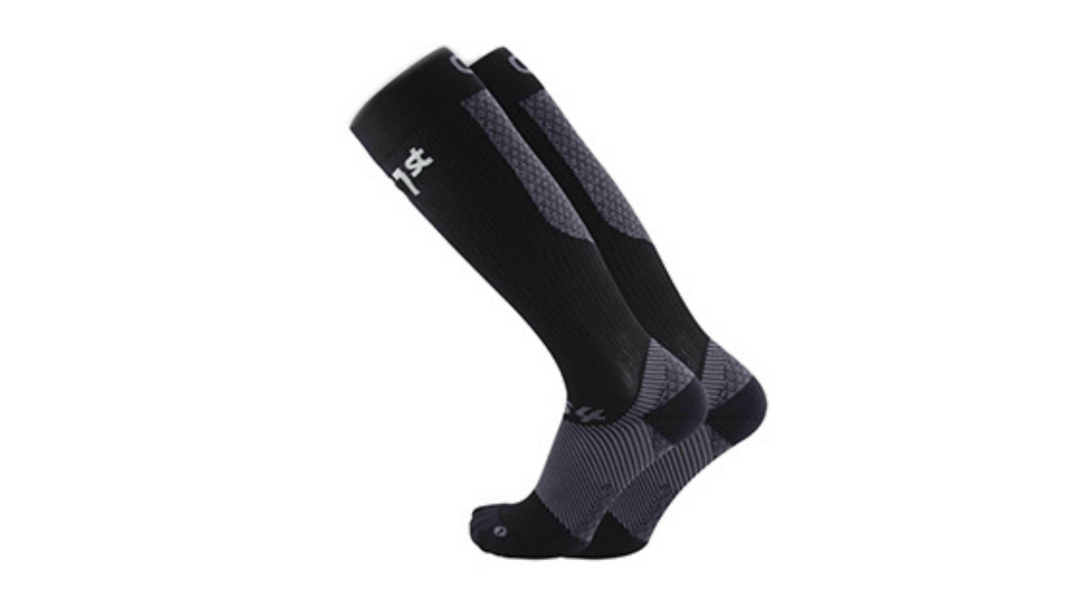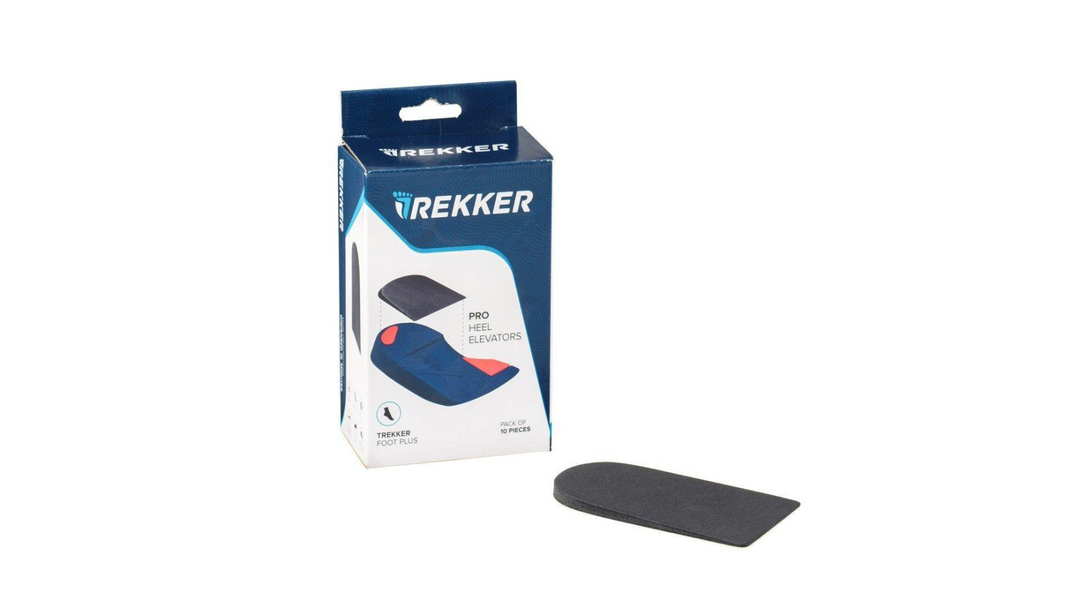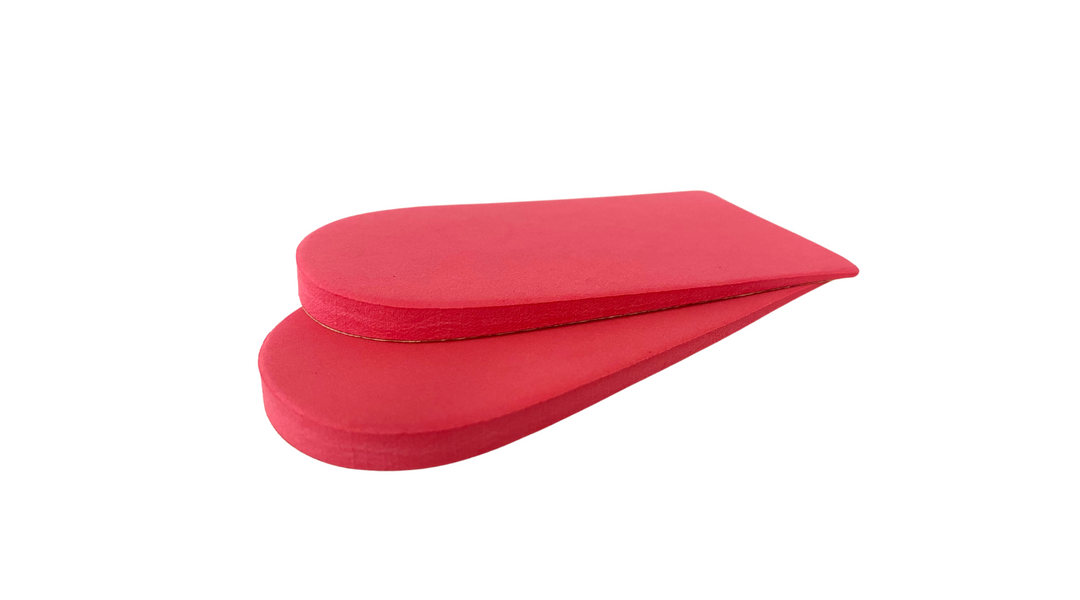Elevate Your Workout: The Impact of Heel Lifts on Athletic Performance
Are you looking to take your athletic performance to new heights? Look no further than the impact of heel lifts on your workout routine. Heel lifts are a simple yet effective tool that can elevate your game and help you reach your fitness goals faster. Whether you're a runner aiming to improve your stride or a weightlifter striving for better stability, heel lifts can give you that extra edge.
By increasing the height of your heels, these inserts shift your body's weight distribution and alter your biomechanics. This adjustment can improve your overall performance and reduce the risk of injuries. Heel lifts are particularly beneficial for individuals with limited ankle mobility or those recovering from certain lower body injuries.
Incorporating heel lifts into your training regimen can offer a range of advantages, including enhanced endurance, increased power output, and improved balance. So, why not give yourself a leg up in the pursuit of your fitness goals? Discover the impact of heel lifts and experience the difference for yourself. Get ready to elevate your workout to new heights.
Understanding the biomechanics of athletic performance
Athletic performance is a complex interplay of various factors, including strength, flexibility, and biomechanics. Biomechanics refers to the way our bodies move and function during physical activity. It involves the study of forces acting on the body and how these forces affect movement. When it comes to optimizing athletic performance, understanding the biomechanics of your sport or activity is essential.
One crucial aspect of biomechanics is the alignment of the body's joints, particularly the ankle joint. Proper alignment allows for optimal force transmission and efficient movement patterns. However, many athletes struggle with limited ankle mobility, which can hinder their performance and increase the risk of injuries. This is where heel lifts come into play.
The role of heel lifts in improving athletic performance
Heel lifts, also known as shoe inserts or orthotics, are designed to increase the height of your heels inside your shoes. By doing so, they shift your body's weight distribution and alter your biomechanics. This adjustment can improve your overall performance and reduce the risk of injuries.
One of the primary benefits of heel lifts is their ability to increase ankle dorsiflexion, which is the upward movement of the foot towards the shin. Limited ankle dorsiflexion can negatively impact various athletic movements, such as running, jumping, and squatting. By using heel lifts, you can effectively compensate for this limitation and achieve a more optimal range of motion.
Furthermore, heel lifts can help correct biomechanical imbalances, such as overpronation or supination. Overpronation occurs when the foot rolls inward excessively, while supination refers to the outward rolling of the foot. Both conditions can lead to poor alignment, instability, and increased stress on the joints. Heel lifts can provide the necessary support and alignment to counteract these imbalances, improving your overall performance and reducing the risk of injuries.
Research and studies on the impact of heel lifts on athletic performance
The impact of heel lifts on athletic performance has been the subject of numerous research studies. These studies have shown promising results, highlighting the potential benefits of incorporating heel lifts into your training regimen.
A study published in the Journal of Orthopaedic & Sports Physical Therapy examined the effects of heel lifts on running biomechanics. The researchers found that heel lifts increased ankle dorsiflexion and improved running kinematics, leading to more efficient running mechanics. Another study published in the Journal of Strength and Conditioning Research focused on the impact of heel lifts on vertical jump performance. The results showed that heel lifts significantly increased jump height and power output.
These findings suggest that heel lifts can have a positive impact on various aspects of athletic performance. However, it's important to note that individual results may vary, and the effectiveness of heel lifts can depend on various factors, such as the athlete's specific needs and the sport or activity they are engaged in.
Choosing the right heel lift for your specific sport or activity
When it comes to choosing the right heel lift for your specific sport or activity, there are a few factors to consider. First and foremost, it's crucial to consult with a healthcare professional or a sports podiatrist who can assess your individual needs and recommend the most suitable option for you.
The height of the heel lift is an important consideration. Higher heel lifts may be more beneficial for activities that require a greater range of ankle motion, such as running or jumping. On the other hand, lower heel lifts may be more appropriate for activities that require more stability and balance, such as weightlifting or powerlifting.
Furthermore, the material and design of the heel lift should be taken into account. Look for inserts that provide adequate cushioning and support, while also allowing for proper ventilation and moisture management. Additionally, consider whether you need a full-length or a half-length heel lift, depending on the type of shoe you'll be using.
Incorporating heel lifts into your training routine
Now that you understand the potential benefits of heel lifts, it's time to incorporate them into your training routine. Here are a few tips to help you get started:
1. Start gradually: Begin by using heel lifts for shorter durations and gradually increase the time as your body adjusts. This will allow your muscles and joints to adapt to the changes in biomechanics.
2. Combine with strength and flexibility exercises: While heel lifts can improve your performance, it's essential to complement them with strength and flexibility exercises. Focus on exercises that target the muscles involved in your specific sport or activity.
3. Seek professional guidance: Work with a qualified strength and conditioning coach or a sports therapist who can guide you through the process of integrating heel lifts into your training routine. They can provide personalised advice and help you maximize the benefits.
4. Listen to your body: Pay attention to any discomfort or pain while using heel lifts. If you experience any adverse effects, such as increased pain or instability, discontinue use and consult with a healthcare professional.
Remember, consistency and patience are key. It may take some time for your body to adjust to the changes in biomechanics, so be patient and give yourself time to adapt.
Common misconceptions about heel lifts
Despite the potential benefits, there are some common misconceptions surrounding heel lifts. Let's address a few of them:
1. Heel lifts make you dependent: Some people believe that using heel lifts will make their muscles weaker and dependent on the inserts. However, when used correctly and in conjunction with appropriate strength exercises, heel lifts can actually help improve muscle activation and function.
2. Heel lifts are only for people with ankle or foot problems: While heel lifts are indeed beneficial for individuals with limited ankle mobility or certain lower body injuries, they can also be used by athletes looking to optimize their performance. The increased range of motion and improved alignment provided by heel lifts can benefit athletes of all levels.
3. Heel lifts are a quick fix: Heel lifts are not a magic solution that will instantly transform your performance. They are a tool that, when used correctly and in conjunction with a well-rounded training program, can contribute to improved athletic performance.
Conclusion: The potential benefits of heel lifts on athletic performance
In conclusion, heel lifts can be a valuable tool in boosting your athletic performance and helping you reach your fitness goals. By increasing ankle dorsiflexion, improving alignment, and reducing biomechanical imbalances, heel lifts can enhance your endurance, increase power output, and improve balance.
However, it's important to approach the use of heel lifts with caution and seek professional guidance. Consult with a healthcare professional or a sports podiatrist to determine the most suitable heel lift for your specific needs. Additionally, remember to complement the use of heel lifts with appropriate strength and flexibility exercises to maximize their benefits.
So, why not give yourself a leg up in the pursuit of your fitness goals? Discover the impact of heel lifts and experience the difference for yourself. Get ready to elevate your workout to new heights.
Remember, consistency, patience, and proper guidance are key. With the right approach, heel lifts can be a game-changer in your athletic journey.









Leave a comment